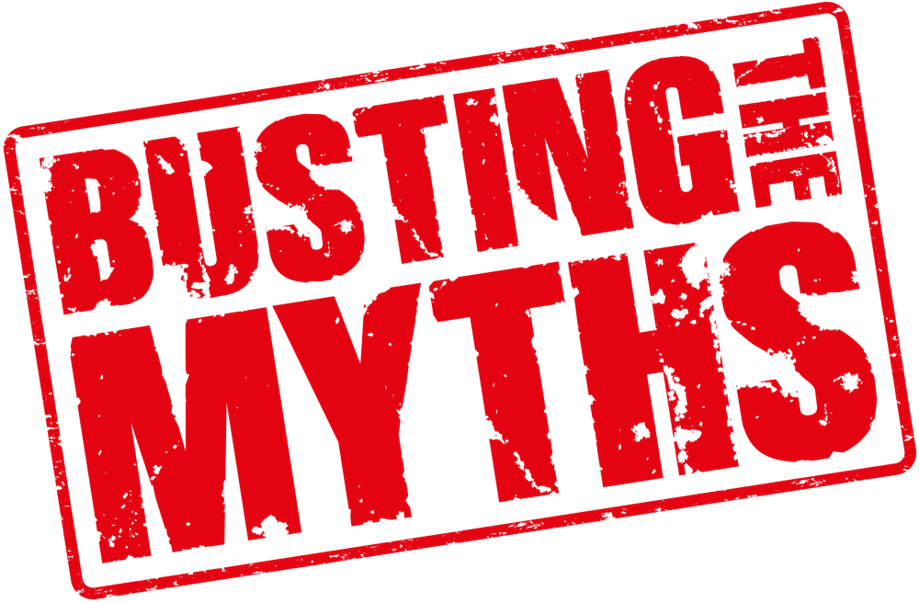PEO Internal Myths Debunked by Rob Comeau
Overview
There are several misnomers floating around the PEO industry which require clarification. Today we will explore some of these potential myths and discover whether they are myths or truths. Understanding the difference between myth and truth in these areas will help improve a PEO’s vantage point, culture, and profitability. Let’s take a look at 4 of these potential myths below.
1) Low Pricing is the Devil
It is understandable why this position is perpetuated. Low pricing is an easier way to attract new organic growth, yet that growth can often come with profit margin erosion. When consistent low pricing is coupled with profit margin erosion, low pricing can be the devil.
However, don’t be too quick to discount low pricing. No pun intended. Many companies have been very successful utilizing a low pricing model. Take Costco for example. Costco utilizes a low pricing model and still maintains healthy profit margins. How do they do this? Costco has control over its supply chain. It has trained customers to shop in a warehouse in lieu of a fancy store. It has an excellent procurement system and Costco’s biggest long-term storage facility is its customers’ pantry and garage. Costco has also ventured into white labeling goods with its own internal brand. This creates brand loyalty to Costco and keeps its suppliers honest with their pricing. Costco can maintain healthy margins and offer low pricing to its customer base through internal cost control.
How does this example apply to the PEO model? There are many ways that a PEO can control internal costs. Effective cost control within the PEO model will allow the PEO pricing flexibility. If the PEO has lower overhead than their competition, it can decide when to reduce pricing while maintaining healthy profit margins. Lower pricing is a legitimate competitive advantage if the PEO strategy is designed to sustain a low pricing model. Low pricing, when coupled with poor profit margins, becomes inappropriate pricing.
RESULT: Low pricing is not the devil; inappropriate pricing is the devil.
2) Price Reductions are Necessary when Facing Competition
On a macro level, market penetration in the PEO industry is low but competition is high. When faced with competition, many PEOs may elect to reduce pricing to win the deal. While competition typically breeds better results for the buyer, a PEO should be careful that it is not undervaluing its offering.
In the previous section we discussed how a PEO with better cost control has a competitive advantage with pricing. Please note, just because a PEO can justifiably reduce its price, it doesn’t mean that it should. It depends on the strategy of the PEO. If the PEO has a minimal offering and solid cost control in place, price reductions may be the best way to win against competition. However, if a PEO can execute a superior value proposition over its competition, price reductions are likely not warranted.
There is more pricing elasticity in the PEO model than people give credit. An ideal scenario is a PEO which has achieved a level of cost control while simultaneously possessing a superior value prop over its competition. In this scenario, a PEO can achieve an exponential yield on profit margins through cost control and increased value delivered to the SMB.
The key to this situation is the sales process. Let me be clear. If a PEO is brutally priced out of the market, close ratios will suffer. However, if a PEO is within 25% of its competition on price, yet has a superior value prop over its competition, the PEO should be able to consistently close deals. Price reductions are only warranted if the SMB hasn’t bought into the value that the PEO can deliver. This means that the approach and ability of a PEOs sales force will largely determine the price the PEO can command in the marketplace. An underequipped sales force will hurt a PEO’s profitability.
RESULT: Pricing reductions in the face of competition are only necessary IF a PEO cannot clearly illustrate its value proposition to prospective SMBs.
3) Brokers are an Inferior Go-To-Market Strategy
Not all brokers are created equal. For that matter, not all PEOs are created equal either. We have noted that when a PEO utilizes a broker go-to-market strategy and allows the broker to present and close the deal, client retention can drop up to 15 percentage points. A broker is not trained to illustrate the PEO’s value prop nor set appropriate expectations for the relationship. Allowing the broker to present and close deals will have an adverse effect on the PEO’s brand equity, client retention, pricing, and profitability. This approach could appear as an inferior go-to-market strategy.
However, when a PEO sets appropriate expectations with its broker network and the PEO controls the sales process with the SMB, results drastically improve. A broker network provides the PEO with the ability to tap into a vast external sales force (i.e. brokers) without any capital outlay. The only time a PEO pays this external sales force is when it closes a deal. Therefore, the PEO can drastically increase its reach to the market without incurring any additional overhead.
When utilizing a channel approach, it is the PEO’s responsibility to educate, facilitate, and close new deals. It is also the PEO’s responsibility not to alienate its broker partners during the relationship with the SMB. When appropriate expectations are set, the PEO’s sales force and the broker network will enjoy a symbiotic relationship with mutual gain.
A PEO can utilize a hybrid approach of direct sales and channel partners so that it does not become solely reliant on one or the other.
RESULT: Brokers are an inferior go-to-market strategy ONLY if the PEO does not control the sales process.
4) Larger PEOs Always Beat Smaller PEOs
A larger PEO that has achieved scale over a smaller PEO may possess a competitive advantage. However, this does not mean that it should consistently win in the market. It depends on the fronts in which the smaller PEO elects to compete. What does this mean? If a smaller PEO tries to compete on price or diversity of offering, it will often lose to larger competition. However, if a smaller PEO decides to compete on its strengths, it has an excellent chance of winning new business against larger competitors.
A large PEO has typically achieved scale and cost control over smaller competition. Moreover, it normally has better brand recognition and greater diversity in its offering. However, there are disadvantages that come with running a larger organization. Maintaining excellent talent throughout all levels of the organization is harder for a large company. In addition, larger companies typically put controls in place to manage consistency. These controls may inhibit flexibility within the organization. As a PEO scales, the quality of service historically has taken a hit. If a smaller PEO competes on these fronts, on the areas that may be weaker for a large PEO, it has a chance to procure new business over its larger competition.
For example, a smaller PEO that possesses an excellent team, can provide a high level of service while customizing its offering due to its ability to be nimbler in the market. Moreover, with a smaller PEO, an SMB typically has increased access to the executive team which can make decisions more quickly than its larger counterpart. If a smaller PEO can justifiably illustrate the levels of services, its ability to customize solutions to fit the SMB’s needs, and the SMB’s ability to access the executive suite, the small PEO has a good shot at winning the business.
Think of it this way. Would you rather deal with a small regional bank that knows who you are, is able to make decisions at the branch level, can customize its solutions to fit your particular needs, but may cost slightly more OR would you rather deal with a national bank that may cost a bit less but will ding you with fees, will not know your name, and will make you fit into one of their underwriting boxes if you are to get the loans, credit, etc. that you may need?
RESULT: Larger PEOs will always beat smaller PEOs IF the smaller PEO chooses to compete in the large PEOs areas of strength and not on its own areas of strength.
Final Thoughts
Each one of the four myths covered in this article are perpetuated for a reason. It is because, if not positioned correctly, they are not myths but truths. Low pricing is the devil if it causes poor profit margins. Price drops are necessary with competition if the value prop can’t justify pricing elasticity. A brokerage channel strategy is inferior if the PEO doesn’t control the sales process. Large PEOs do have a competitive advantage if smaller PEOs compete on the large PEO’s areas of strength.
However, low pricing is an advantage if the PEO can maintain healthy margins due to cost control. Price drops aren’t necessary when a PEO has a superior value prop and sales delivery over competition. A channel strategy is advantageous if the PEO controls the process. Small PEOs can compete with larger competition if they compete on their own areas of strength. When the correct approach is taken, these common PEO myths will be debunked.
I kept this article high-level. However, if you want to take a deeper dive into any of the four PEO myths, feel free to leave a comment or contact me at Rob.Comeau@biz-rc.com.
Author:
Rob Comeau is the CEO of Business Resource Center, Inc., a business consulting and M&A advisory firm to the PEO industry. For more information on Business Resource Center, visit them on the web at www.biz-rc.com

